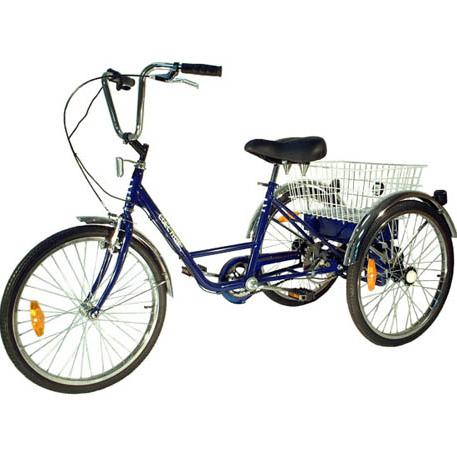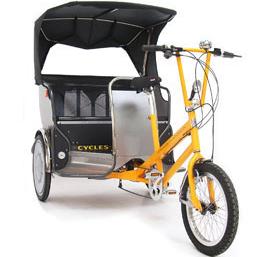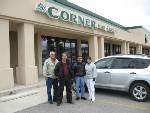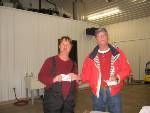There was electricity from coal before there was gasoline driven cars. Still they are a big part of the problem. As other people have pointed out we are literally forced to drive. That is not to overlook the damage that big ocean ships and airplanes. I mean, Coal, Oil, Hot Asphalt and kerosene are the Big Four of Death.
Still it is hard to deny the seduction of the gasoline internal combustion engine. I got my first one when i was 14. It was a 90 cc Honda Motorcycle and it meant freedom to me. I could go from small town to small town in central Illinois. Meet new people, make new friends for a Quarter (.25$) per Gallon of gas. In fact I met my first true love who was riding a dirt bike on a back road blacktop, on the Honda.
How was I to know how dangerous they are, and that does not include the ones killed by operating them.
.https://www.newyorker.com/magazine/2019/07/29/was-the-automotive-era-a-terrible-mistake
Was the Automotive Era a Terrible Mistake?
For a century, we’ve loved our cars. They haven’t loved us back.
The summer I was eighteen, I visited a parking lot forty-five minutes north of town and got behind the wheel for what I hoped would be the first real rite of my adulthood. I was tall, gangly, excitable. Less than a week earlier, following a brief stretch of test-taking at the Department of Motor Vehicles in San Francisco, I had received my learner’s permit. Learning in those days seemed easy. Tests were easy. Doing—when the matter arose at all—was hard. Behind the wheel, I made a show of adjusting the mirrors, as if preparing for a ten-mile journey in reverse. I surveyed the blank pavement ahead of me and slowly slid the gear-shift from park into drive.
Cars had been my first passion. As a two-year-old, I’d learned to recognize the make of vehicles by the logo near the fender or perched on the hood. I grew to understand the people in my life according to their cars; I learned what sort of person I was from my parents’ two old Hondas, one of which, a used beige Accord, I had gone with them to buy. My father’s lingering bachelor vehicle, a rotting yellow Civic, needed to be choked awake on dewy mornings, and I’d performed that job with relish, pulling out the knob beside the steering wheel, waiting a long moment, and pushing it back. This was the late eighties. Gas prices had fallen, and the roads were knotty with cars from across the world. I no longer remember what, as a small child, I envisaged for my future, but I know that it involved moving at speed behind the wheel.
Now, all those years later, the parking lot was virtually empty of cars, and I felt a flush of reassurance. I was learning in my parents’ highly defatigable ride, a minivan with an all-plastic interior and the turning radius of a dump truck. My teacher was my father, a flawless but not wholly valiant driver, who habitually refused to drive on certain bridges in certain directions, for fear of being, as he would put it, “hypnotized” by trusses passing alongside the road. For reasons lost to time, my little sister was on board, too, in the back. I eased my foot onto the gas; the engine revved for a moment, and the van lurched.
:}
Go there and read and read and read, More next week.
{}

 You may have noticed that, as of today, electric vehicles account for a TINY percentage of all the cars, motorbikes, scooters and bicycles on sale.
You may have noticed that, as of today, electric vehicles account for a TINY percentage of all the cars, motorbikes, scooters and bicycles on sale.
 You see, my parents have insured me on their little Peugeot 207 diesel – and while that’s great – I have some ideas of my own for the future when it comes to car ownership.
You see, my parents have insured me on their little Peugeot 207 diesel – and while that’s great – I have some ideas of my own for the future when it comes to car ownership.
 So, is it possible to find a lively, good-looking, fuel-miserly set of electric wheels at this moment in time? If not, when? One year from now? Two years? By the time of my pension?
So, is it possible to find a lively, good-looking, fuel-miserly set of electric wheels at this moment in time? If not, when? One year from now? Two years? By the time of my pension?
























